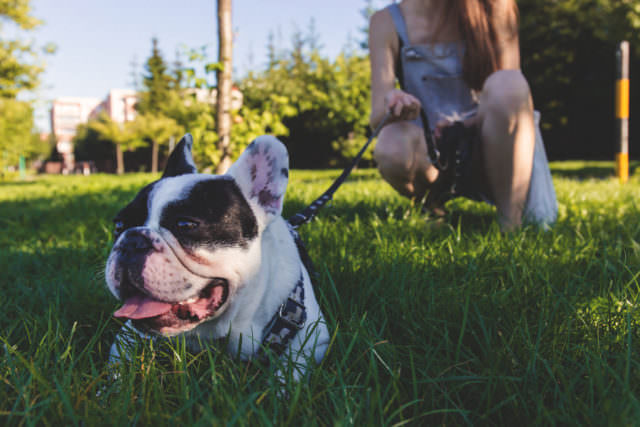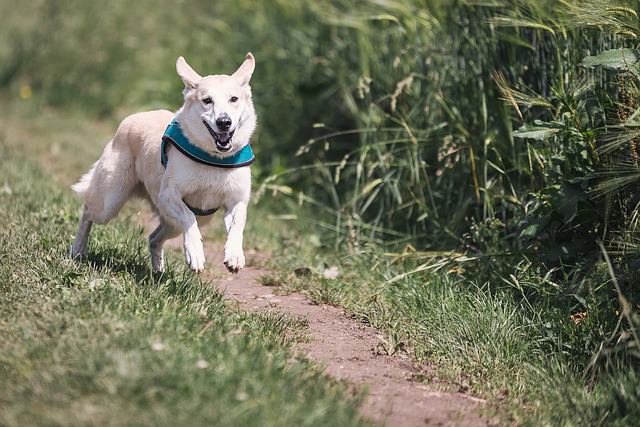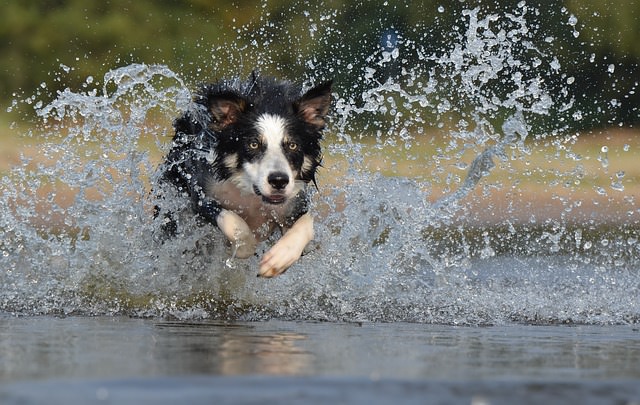We all know that obesity is dangerous for both humans and dogs alike. Getting a dog that needs to be walked every day can be a great way to start an exercise routine that will benefit both of you. But keep in mind, if you like jogging with your pooch or having them run next to your bike, you might be causing more harm than good (depending on the dog).
Below are 5 safety tips for exercising with your dog to help you both stay healthy and happy!
#1 – Short-nosed (brachycephalic) dogs shouldn’t go on runs.

Dogs with short muzzles are at a much higher risk of heat stroke than other dogs. Boxers in particular don’t even realize they are overheating until they collapse, so it’s your job as their owner to keep them safe. If your brachycephalic dog must run around to use up his boundless energy, make sure to go early in the morning or later in the evening when it isn’t as hot.
#2 – Be kind to their feet.

Since dogs don’t wear shoes, their feet are in direct contact with the concrete or asphalt and can get severely burned on warm days. Test the temperature of the pavement with your hand, and if it’s too hot to hold it there for a few seconds, it’s too hot for your pup. Dogs that spend most of their lives on carpet and grass also tend to have more sensitive paws since they haven’t built up callouses on their pads.
Even when it’s not hot, running on concrete can tear up a dog’s feet if it’s something he isn’t used to. Increase the length of your walks before upping the intensity to a jog, and then try to run first thing in the morning when the asphalt is coolest.
#3 – Bring water.

Dogs don’t sweat, so the primary way they dissipate heat is by panting. Have you ever considered how much moisture a dog loses when he pants? However much water you think you should drink during a jog, your dog should drink twice that. Waiting to let him drink until after your workout is setting him up for dehydration. Besides, you know how sick to your stomach you feel when you chug too much water when you’re thirsty? Your dog may feel the same way after lapping up a full bowl or two.
#4 – Ease into it.

Even if you have a breed that’s bred for working all day long, don’t bring them home from the shelter and immediately go for an hour jog. Likewise, if your dog has become a couch potato, don’t expect him to suddenly have the stamina for a long workout. Just like out of shape humans, dogs should be eased into any exercise routine.
#5 – Wait until they grow up

Puppies should never do any exercise more strenuous than playing until they’re fully grown. Putting too much stress on a puppy’s joints can cause long-term developmental problems. Also, you don’t want to increase your puppy’s risk for bone fracture – broken bones in young dogs are a leading cause of bone cancer in adult dogs.
(H/T: The Atlantic)

